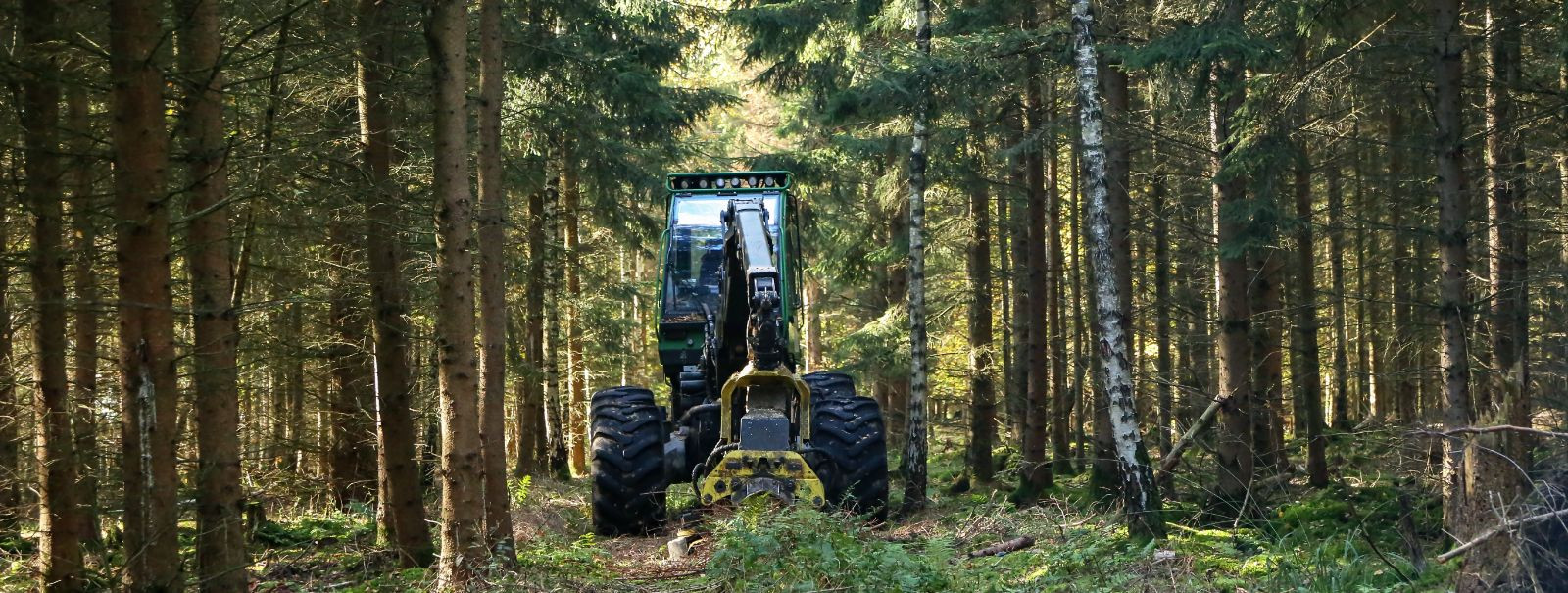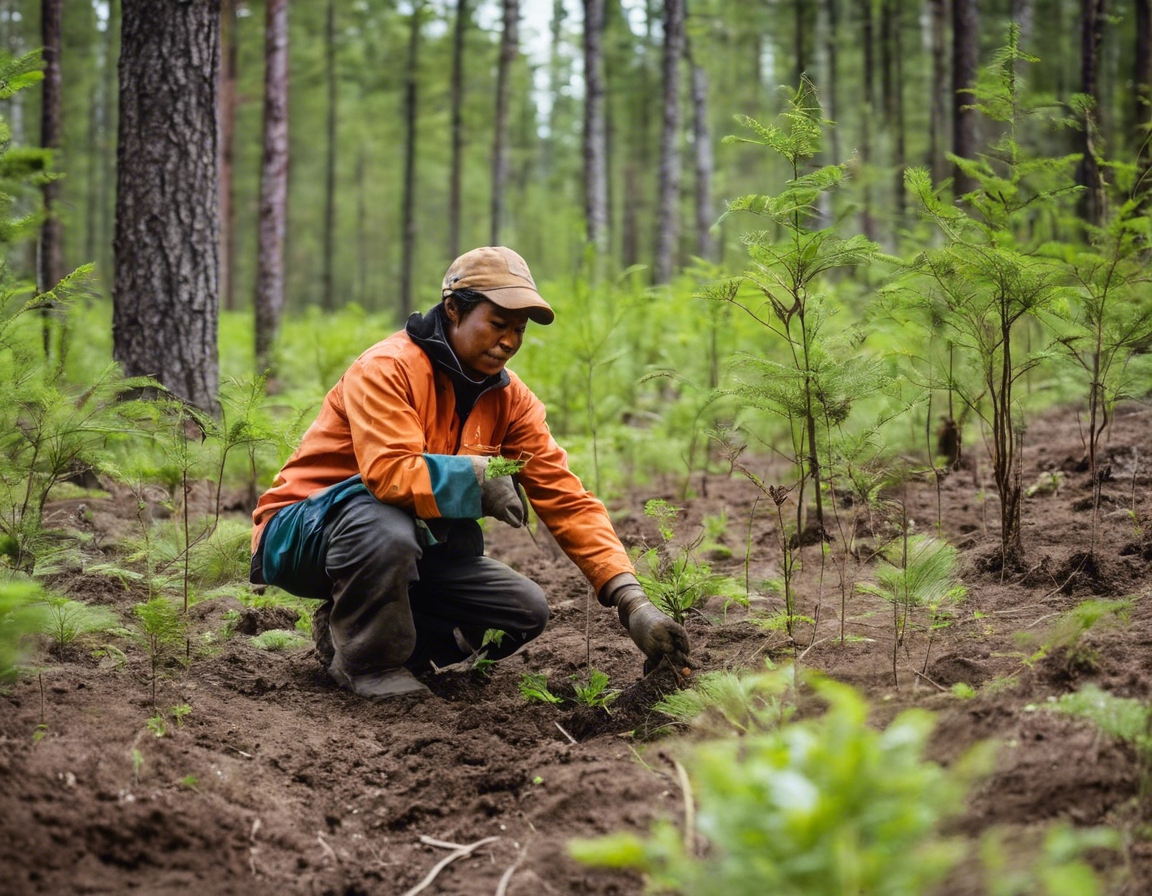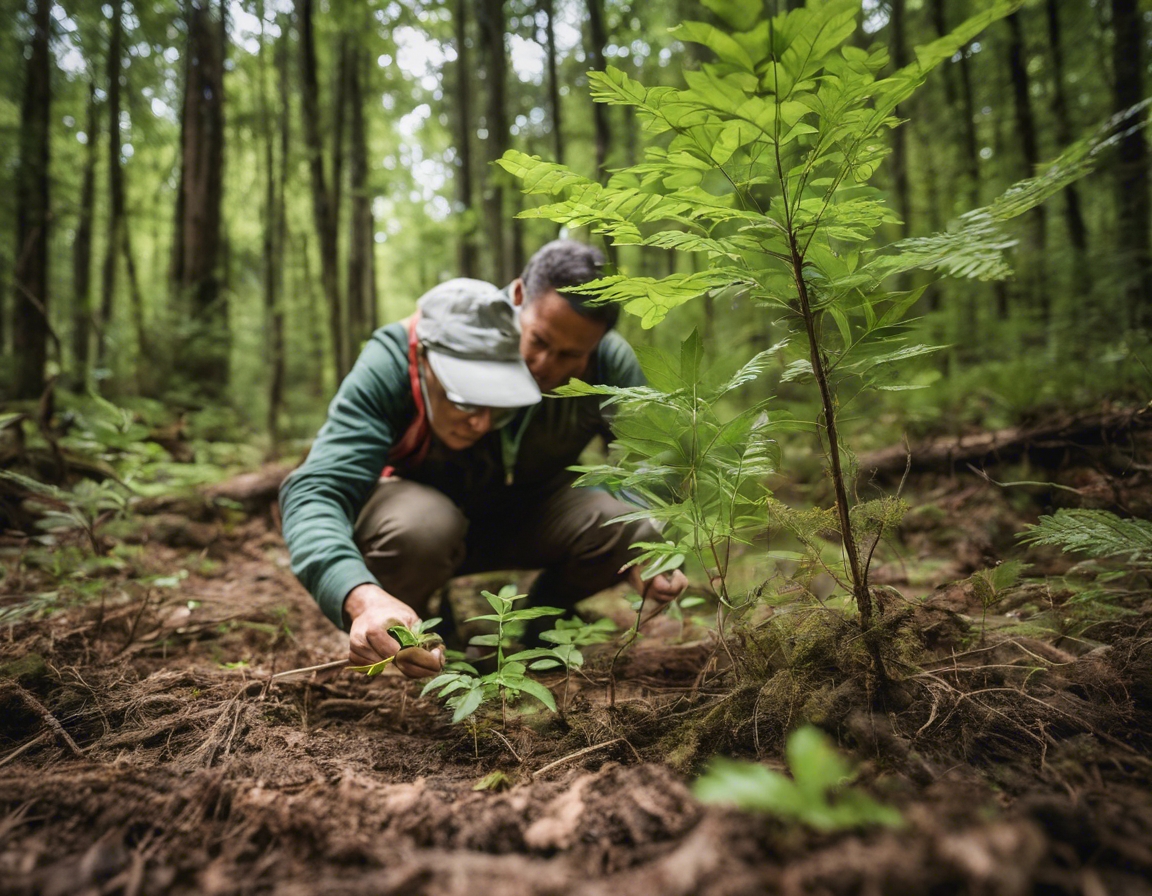The art of precision cutting in the wood industry
Precision cutting in the wood industry refers to the careful and deliberate methods used to cut trees and timber with the utmost accuracy and efficiency. This practice is crucial for maintaining the health of forests, ensuring the safety of workers, and optimizing the use of wood resources for sustainable production.
Over the years, the wood industry has seen a significant transformation in how trees are cut, moving from manual saws to advanced machinery that allows for precision and control. This evolution has been driven by the need to meet environmental standards and the demand for high-quality wood products.
Key Techniques in Precision Cutting
Controlled felling is a technique that involves cutting trees in a manner that directs their fall, minimizing damage to the surrounding environment and other trees. This method is essential for maintaining forest structure and health.
Directional cutting is a refined approach that ensures trees fall in a predetermined direction, reducing the risk of accidents and improving the efficiency of subsequent processing steps.
Selection harvesting involves the careful selection and cutting of specific trees while preserving the overall forest ecosystem. This method supports biodiversity and long-term forest sustainability.
Technological Advancements
The introduction of automated and computerized machinery in the wood industry has revolutionized precision cutting. These machines provide unparalleled accuracy, speed, and consistency, enabling higher productivity and better resource management.
Laser and GPS technologies have further enhanced precision in the wood industry by providing real-time data and guidance for cutting operations. This technology ensures that each cut is made with precision, reducing waste and improving yield.
Environmental Considerations
Adopting sustainable forestry practices is at the heart of precision cutting. These practices ensure that wood harvesting is done responsibly, with a focus on conservation and regeneration of forests.
Precision cutting plays a vital role in minimizing waste by making accurate cuts that maximize the usable wood from each tree. This efficiency is not only economically beneficial but also environmentally responsible.
Training and Safety
Continuous training and professional development are essential for operators to master the art of precision cutting. Skilled operators can make the most of advanced technologies and techniques to perform their tasks safely and effectively.
Adhering to strict safety protocols is paramount in the wood industry. Precision cutting requires operators to handle powerful machinery, and a strong emphasis on safety can prevent accidents and ensure the well-being of workers.
Challenges and Solutions
Working in challenging terrains requires specialized equipment and techniques. The wood industry continues to develop solutions to navigate these areas while maintaining precision in cutting operations.
Climate change poses new challenges to the wood industry, including unpredictable weather patterns and changing forest conditions. Precision cutting techniques are being adapted to meet these challenges and ensure sustainable forestry practices.






Comments (0)